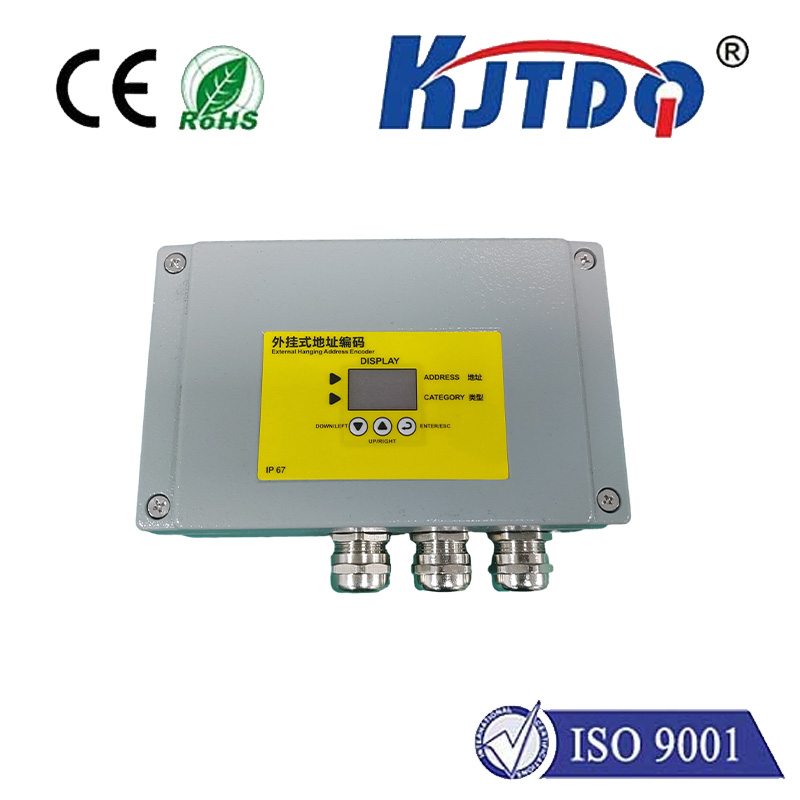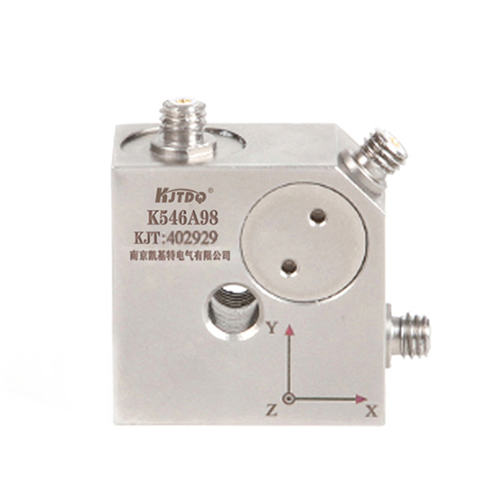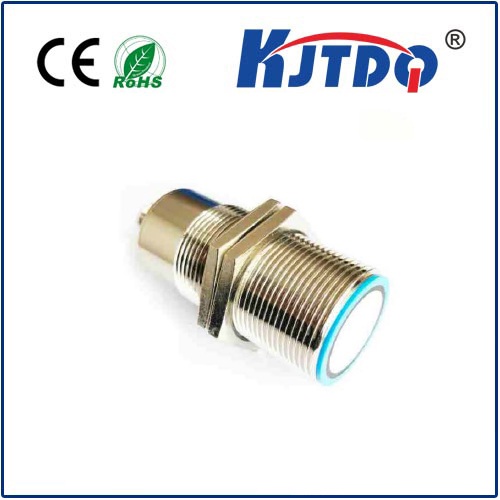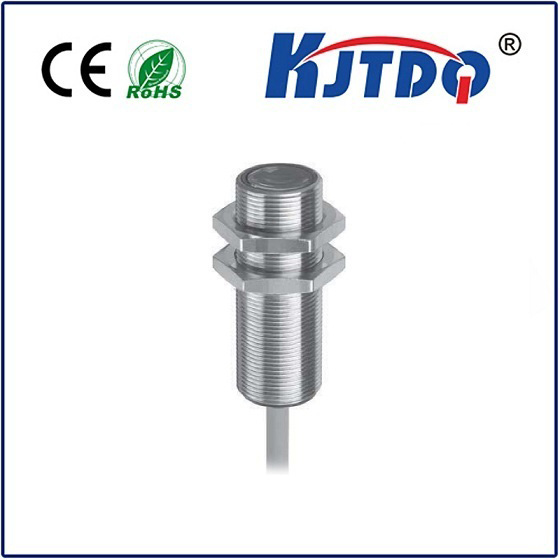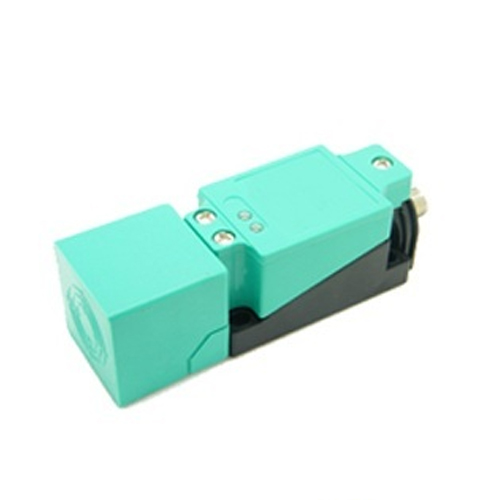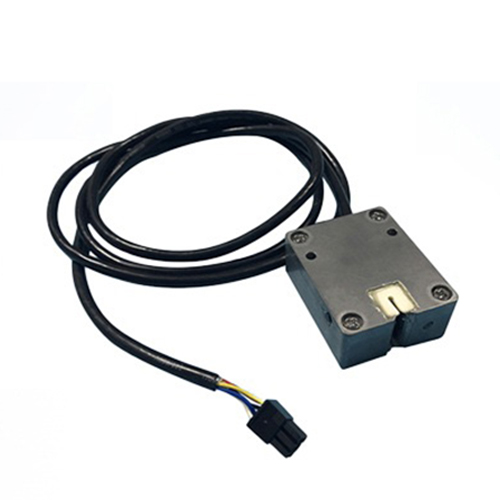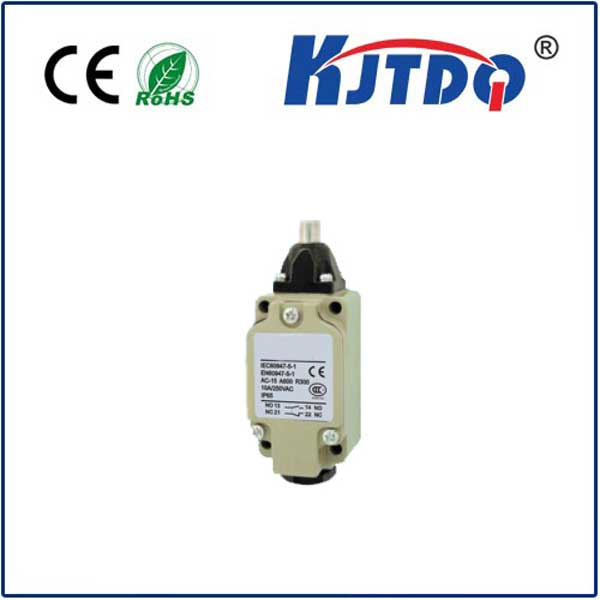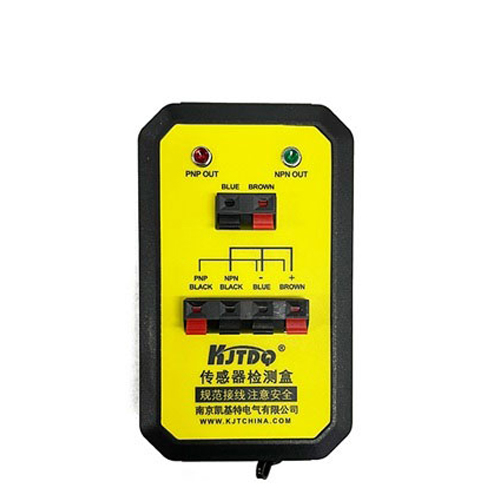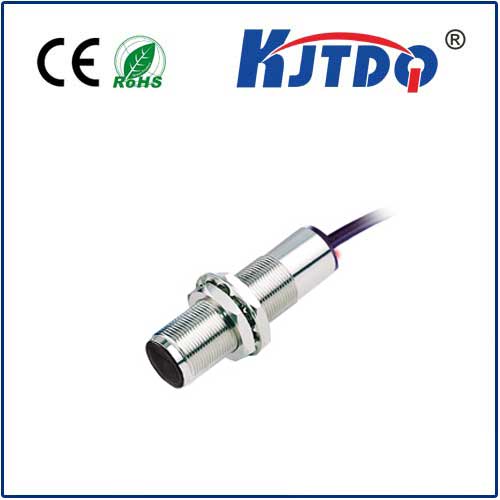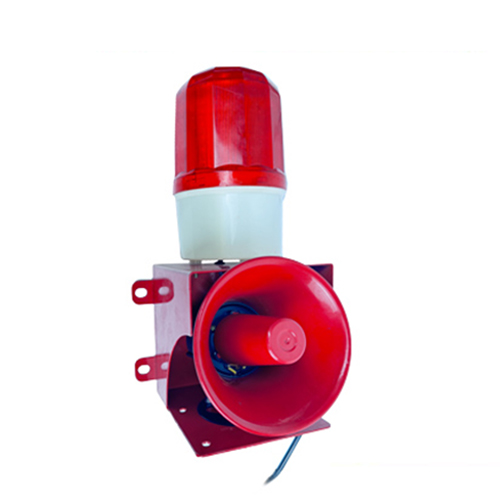

check

check

check

check

check

check

check

check

check

check
Title: Unveiling the Mysteries of Inductive Prox Sensors In a world where technology continues to advance at an unprecedented rate, the humble inductive proximity sensor plays an indispensable role. Often overshadowed by high-tech marvels, these sensors are silent workhorses that ensure machinery and systems run smoothly. This article delves into the fascinating domain of inductive prox sensors, exploring their function, applications, and why they are crucial in modern electronics and industrial processes.
At its core, an inductive proximity sensor is a type of electronic device that detects the presence or absence of a conductive object without physical contact. It operates on the principles of electromagnetic induction, whereby a change in an electric current through a coil generates a magnetic field. When this magnetic field interacts with a conductive material, it alters the reluctance of the circuit, creating a detectable signal. The design typically includes an oscillator circuit, which produces a high-frequency electromagnetic field, a sensing face, and a detection circuit. If an object made of metal approaches within range, it disrupts the electromagnetic field, causing the oscillation frequency to change. This change triggers the detection circuit, signaling the presence of the object.

The non-contact nature of inductive proximity sensors makes them highly versatile. They are widely used across various industries due to their reliability, durability, and ability to operate in harsh environments. Here are some key areas where their influence is most pronounced: 1. Industrial Automation: In manufacturing plants, these sensors monitor conveyor belts, control machinery operations, and ensure product quality by detecting misplaced components or obstructions. 2. Automotive Industry: From anti-lock braking systems (ABS) to automated parking assist, inductive sensors enhance vehicle safety and functionality. 3. Consumer Electronics: They can be found in devices like smartphones for proximity wake/sleep functions or as part of touchless interfaces in appliances. 4. Security Systems: In alarm systems, inductive sensors detect unauthorized entry points, ensuring premises remain secure.
Several attributes make inductive proximity sensors stand out from other types of sensors: Durability: With no moving parts, they have a longer lifespan and reduced wear and tear. Versatility: Capable of surviving extreme temperatures, vibrations, and moisture, making them suitable for diverse environments. Cost-Effectiveness: Being simple in construction, they offer a cost-effective solution for many sensing needs. Ease of Installation: Their compact size and straightforward setup make integration into existing systems hassle-free.
As we move further into the era of smart factories, IoT (Internet of Things), and automation, the demand for reliable, efficient sensors like inductive proximity sensors will only increase. Innovations in materials science and electronic miniaturization promise even more robust designs, enabling them to sense finer details and adapt to newer challenges. In conclusion, inductive proximity sensors are not just technical components; they are enablers of progress, allowing industries and daily life to function seamlessly. By understanding their workings and capabilities, we unlock countless possibilities for innovation and efficiency in our increasingly connected world.
